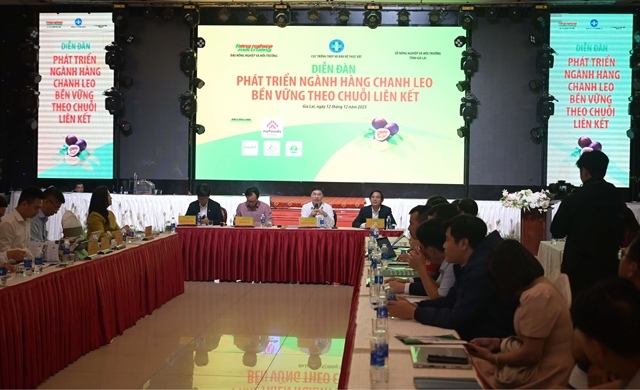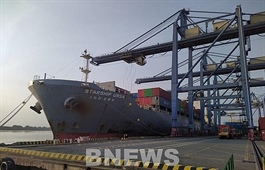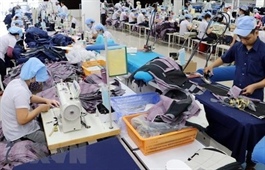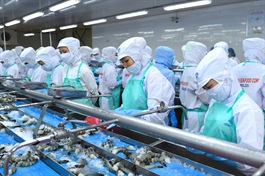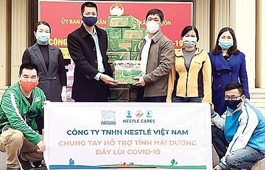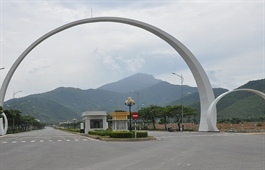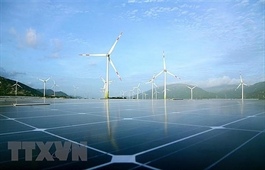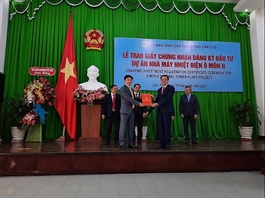Renewable efficiency for Vietnamese cities
Renewable efficiency for Vietnamese cities
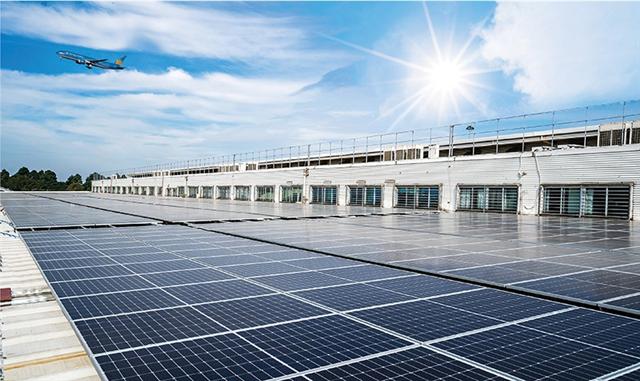
The first CME’s rooftop solar energy project in Tan Son Nhat airport
|
CME has inaugurated the first phase of rooftop solar power project at Tan Son Nhat International Airport’s cargo terminal. What benefits does the renewable energy bring to such urban projects.
This is the first renewable energy project to be installed at an airport in Vietnam that has been fully licensed regarding the design, review, and installation by Ho Chi Minh City Department of Fire Fighting and Prevention.
The project meets the rigorous accreditation requirements of AFRY in Sweden, one of the world’s leading energy consultancy firms. This project has brought the image of a dynamic and modern international airport which is using clean energy in order to protect the environment. The project will provide 1.5 million kWh of electricity annually, meeting 40 per cent of Saigon Cargo Service Corporation (SCSC)’s electricity needs and saving about 15 per cent of energy costs. In addition, the operation of a solar rooftop system is expected to help SCSC save over $65,000 a year in costs and about $1.4 million over 25 years of use while also generating significant savings on operating costs.
Solar energy is a development trend worldwide, and especially in the south of Vietnam. The advantages of this system are exploiting the natural radiation and available industrial roof area to generate clean energy. This energy becomes more necessary than ever to improve the quality of life, develop a sustainable economy, and create great recognition from the environmentally-conscious for business branding.
What obstacles have you faced to when constructing renewable energy projects in big cities?
In cosmopolitan cities, the density of people and production activities are always in high frequency and continuous. In addition, construction ground is often limited which leads to requiring highly technical, safety requirements. Lack of one of those things could have a huge impact on the daily operations of the business.
Therefore, technical criteria for design and construction of the operation, maintenance, and supervision systems include detection of potential failures that may affect system operation while electrical and fire safety are both reviewed and implemented with the highest quality to ensure quick construction progress which does not affect the normal operation of factories.
For the project in air cargo terminal at Tan Son Nhat as well as others invested by CME, we always have careful preparation for our execution – from the selection of equipment from top tier qualified suppliers, engineers, and reputed constructors, ensuring security and safety for a project in the inner city, especially in the airport.
CME also works closely with the facility owners in each step of implementation to meet progress with the highest quality. In fact, the solar rooftop system project at SCSC was inaugurated and put into use after 10 weeks of construction with excellent performance and no impact on the operation of the facility during the construction process.
So after Tan Son Nhat international Airport, where will CME’s next investment lead to?
CME has cooperated with many corporate customers, including foreign-invested enterprises (FIEs) and domestic enterprises in many fields (footwear manufacturing, garment, logistics, pharmaceuticals, iron and steel, among others). CME’s projects are located in many provinces across Vietnam and have a common vision to enhance sustainable development and increase efficiency.
In the coming time, we would like to expand our business through direct connection and introduction of this investment model to potential partners and customers, especially factory owners in industrial zones, FIEs, large domestic enterprises, and those with sustainable development orientation, increasing efficiency.
CME would like to accompany and implement all necessary solutions to help customers consume as much green energy as possible with lower electricity costs - a real win-win for both customers and the environment.
By Nhat Ha






